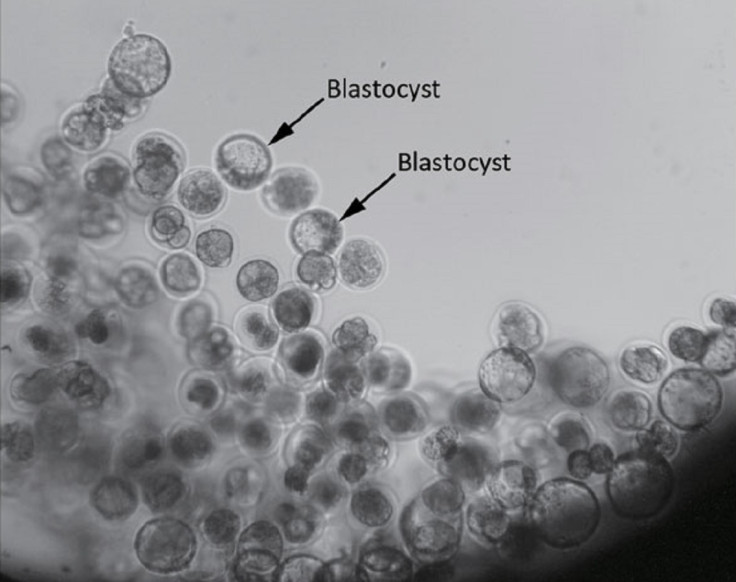Mammal embryos successfully develop in space in 'milestone' for human space exploration

Mammal embryos have successfully developed in space for the first time on board China's SJ-10 satellite. The breakthrough, which saw early mouse embryos develop into advanced blastocysts over four days, has the potential to pave the way for human space exploration of the future.
The SJ-10 microgravity satellite was launched on 6 April to carry out 19 experiments including the effects of space radiation, combustion and the biological effects of microgravity. The latter included a study of the early-stage development of mouse embryos.
Understanding the embryo development process in space will provide an insight into human reproduction in space. This will become increasingly important as humans look to carry out long-duration spaceflights and colonise other planets. While attempts have been made in the past to develop embryos in space, none have been successful.
Researchers from the Chinese Academy of Sciences sent over 6,000 mouse embryos into space inside an enclosed chamber roughly the size of a microwave. Working from past failures, the team refined and improved the experimental apparatus – including the cell culture system and nutrient solution – for a better chance of success.

Over the course of the experiment, a camera on board the SJ-10 satellite took photographs of the embryos every four hours which were then transmitted back to Earth. Images showed the mouse embryos had completed the developing process in 96 hours.
Some had also developed into advanced blastocysts – where cell differentiation has taken place. Principal researcher Duan Enkui said they had not expected the experiment to be "such a big success".
"The human race may still have a long way to go before we can colonise the space. But before that, we have to figure out whether it is possible for us to survive and reproduce in the outer space environment like we do on Earth. Now, we finally proved that the most crucial step in our reproduction – the early embryo development – is possible in outer space."
Aaron Hsueh, a reproductive biologist from Stanford University, commented on the results: "This represents an important milestone in human space exploration," he said. "One small step for mouse embryos, one giant leap for human reproduction."
© Copyright IBTimes 2025. All rights reserved.






















